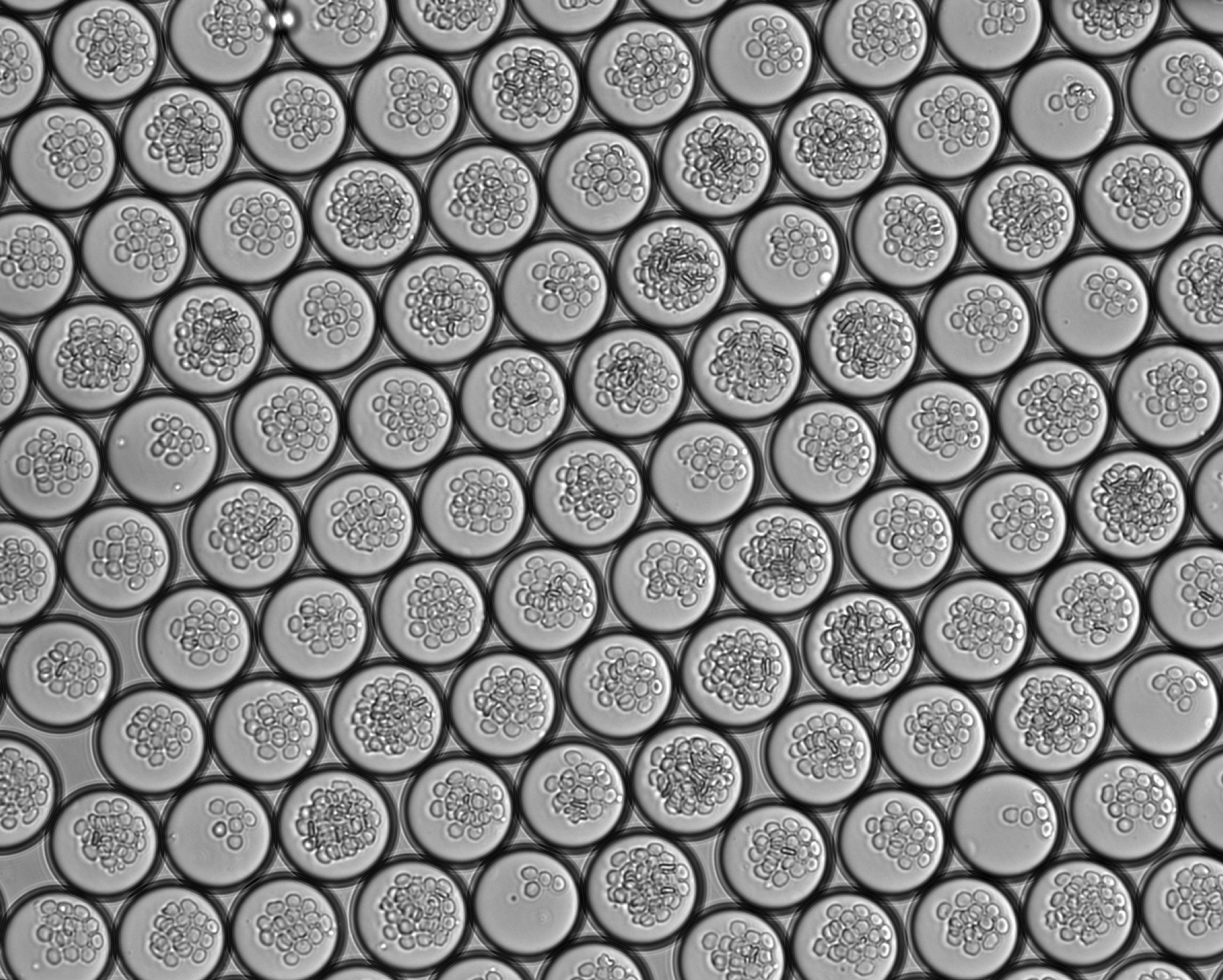|
Antimicrobial resistance is a growing health problem in the United States and worldwide. According to the Centers for Disease Control and Prevention (CDC), more than two million people are infected annually with antibiotic-resistant infections, with >23,000 deaths. Aggressive bacterial infections associated with antimicrobial resistance are often managed within intensive care units (ICUs) with high associated costs, which impose significant healthcare, economic and social burdens.
Rapid diagnostics are particularly needed for pathogens such as E. coli, which are common, virulent, and have acquired ESBLs. Furthermore, diagnostic tests that can confirm the presence of ESBLs regardless of the species would be exceedingly valuable in directing early therapy and enabling better antimicrobial stewardship for those not infected with antibiotic resistant pathogens. Unfortunately, existing bacterial detection methods are limited in their inability to rapidly detect and identify pathogens that typically occur at low concentrations in blood (1 to 100 colony-forming unit (CFU)/mL) as is commonly found in adult BSIs. Conventional bacterial blood cultures coupled with susceptibility testing (automated methods or disk diffusion) require days to obtain a result. This lag in time to detect a patient with a culture positive BSI, identification of the isolate and establishing the antimicrobial susceptibility of the isolate contribute to the high mortality.
Here, we will discuss about our strategy for monitoring bacteria at single-cell sensitivity within a few hours by miniaturized droplet-based microfluidic system.
Key Words : Antimicrobial resistance, Lab on a chip, Microdroplet, Microfluidics, Digital quantification
References
[1] L. Labanieh, D.-K. Kang* et al., Micromachines, Vol., 6, pp. 1469-1482, 2015
[2] D.-K. Kang* et al., Analytical Chemistry, Vol.,87, pp.10770–10778, 2015
[3] D.-K. Kang, K. Zhang, et al., Lab on a Chip, Vol., 15, pp. 4217-4226, 2015
[4] D.-K. Kang et al., Nature Communications, Vol., 5, pp. 5427, 2014
[5] D.-K. Kang, et al., Trends in Analytical Chemistry, Vol., 58, pp. 145–153. 2014
Encapsulated blood microcapsules
|

|
 119th General Meeting of the KCS
119th General Meeting of the KCS
 119th General Meeting of the KCS
119th General Meeting of the KCS